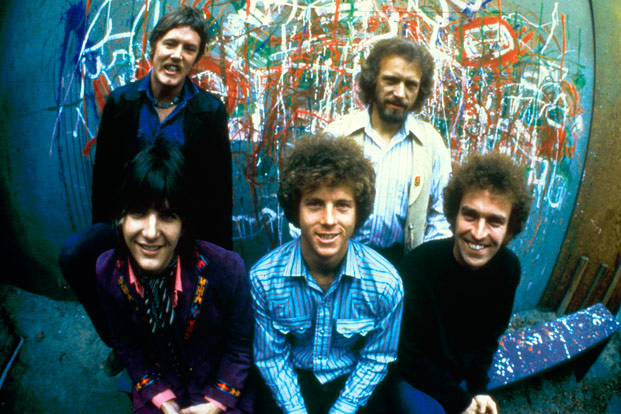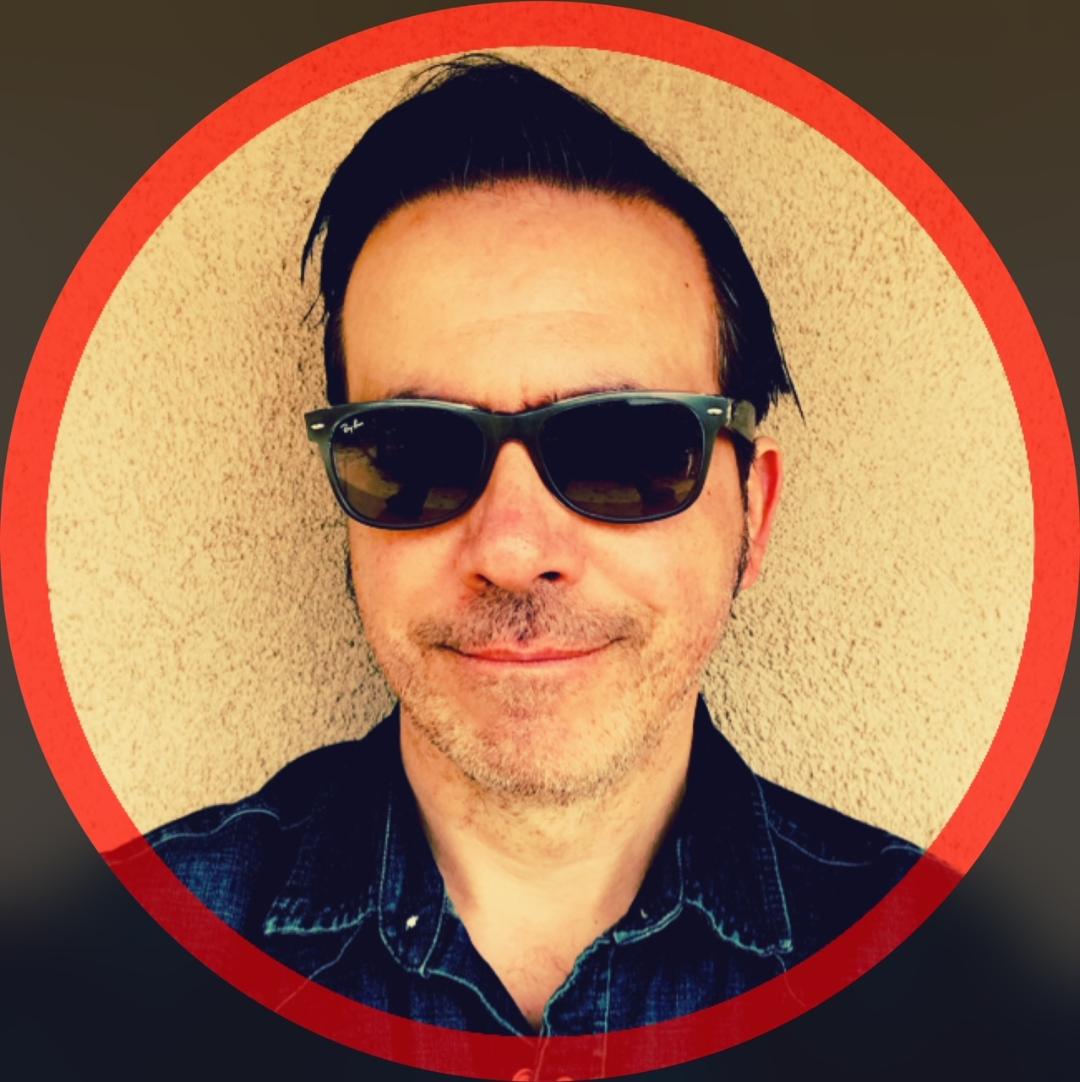Chris Hillman Talks Signature Guild Bass, Flying Burrito Brothers and Byrds

He was a founding member of the Byrds, the Flying Burrito Brothers and the Desert Rose Band. His late-Sixties work with Gram Parsons has influenced generations of country, rock and Americana musicians. But what Guitar World readers really want to know is…
Your songwriting debut—those five songs on the Byrds’ 1967 Younger Than Yesterday album—was pretty impressive. How did you come up with them, especially “Time Between” and “The Girl with No Name”? —Shell Levine
I had come home after playing a session for Hugh Masekela. David Crosby was also on the date. The session was for a South African singer named Letta Mbulu. I had such a great time working with all these wonderful South African jazz players that I think it was the key that unlocked the door. I came home and wrote “Time Between” and had a good rest of the week with song ideas.
How and when did you meet guitarist Clarence White? Also, what was he like to work with in the studio? Was he a “first take” guy? —Richard Roma
I met Clarence when we were both 16. He was playing in the [popular bluegrass band] Kentucky Colonels and I drove up to Los Angeles to hear them. We became close friends. Years later when Clarence switched to electric guitar, I had him come in and play on my songs [with the Byrds]. One of his finest solos was on “Time Between,” which is a favorite of Dwight Yoakam. Clarence usually captured it within one or two takes; he was a total professional in the studio and one of the finest musicians I had the honor of working with.
How did Guild’s new Chris Hillman Signature Byrds bass come to be? —George Aaranow
Chris Middaugh, who was at Guild Guitars at the time, approached me about doing a reissue of my old Guild Starfire bass. I used my Starfire on so many Byrds hits, so I was immediately up for the idea. Tracy Longo, who works on my instruments, and [guitarist] John Jorgenson were very helpful in putting it together. Guild did a great job. It’s a fantastic instrument.
How do you feel about newer country music? I feel there are rock/Americana bands playing "country" better than so-called country artists. Examples include the Avett Brothers and Ryan Adams. They seem to better capture the honesty of country. —David Moss
New country music is, as Tom Petty put it so well, “bad Seventies rock with a fiddle.” There are some interesting bands like the Avett Brothers and Mumford & Sons and so many under-the-radar bands and singer/songwriters that are very good. There’s just no music business model anymore. This is why concerts have become such grand affairs; you need to break through and establish a huge following. Artists can’t rely solely on record sales anymore. It’s a real catch-22.
What’s your favorite cover (of someone else’s song) that you’ve recorded, and what’s your favorite cover of a Hillman-penned (or co-written) tune? —Jimmy Lingk
I’d say the acoustic version of Buck Owens’ “Together Again” by Herb Pedersen and me [available on 2010’s At Edwards Barn]. I think we nailed it, and I know Buck loved it when he heard us sing it. Emmylou Harris did a great job on “Wheels” and “Sin City” [Flying Burrito Brothers songs composed by Hillman and Gram Parsons].
What bass players inspired you when it came time to play bass in the Byrds? I know you started out as a mandolin player. —John Williamson
I loved Paul McCartney’s playing, his sense of counter melody—and what he got out of that Hofner using a flat pick was nothing short of amazing. The Who’s John Entwistle was quite possibly the best bass player in rock for that time period. Later I liked Jack Bruce in Cream. These innovative musicians approached the bass from such an interesting angle. I loved all the Sixties Motown bass playing too.
Get The Pick Newsletter
All the latest guitar news, interviews, lessons, reviews, deals and more, direct to your inbox!
What was it about “Time Between” [from the Byrds’ Younger Than Yesterday] that inspired you to revisit it with the Desert Rose Band in the Eighties? —Larry Spannel
I have no idea, other than I probably sang it better. In hindsight, the Desert Rose Band version was way too fast and was just a nice way for John [Jorgenson] to show off his cross-picking chops on his mandolin solo. But the song was never meant to be that fast.
What gear do you bring to a Chris Hillman-Herb Pederson show? —Alec Blake
I usually play my “Red Diamond Crusher” mandolin that was built by my friend Don Macrostie. I happen to think he builds the best mandolins in the world. I play my Martin OM Chris Hillman Custom Artist Edition guitar and occasionally use my Santa Cruz guitar.
Who was the most inspiring (and/or jaw-dropping) guitarist you’ve ever worked with? —Jude Ciccolella
Other than Clarence White, I’d say Stephen Stills. When we worked together in Manassas, I felt he was at the top of his game. I never worked with Mike Bloomfield, but I knew him and we did work with the Butterfield Blues band for a week in 1966. I still hold him up as one of the very best guitarists to ever hold a Les Paul. His solos with Paul Butterfield just moved the universe.
Do you have anything in the works—a new album, perhaps? —Jon Pryce
I do have material; I’m just lazy. But I think a new album will start to happen in June or July.
Did you ever meet Jimi Hendrix? —Bruce Altman
The first time I met Jimi Hendrix was at Ciro’s, the club on the Sunset Strip where the Byrds got their start. Little Richard was playing there for a week in 1965 and [Byrds drummer] Michael Clarke and I went down to see him. Hendrix was Little Richard’s guitar player. He stood on the end of the stage with his short hair, wearing a “band suit.” There were no theatrics, just playing, but you couldn’t help but notice how good he was, even in that reduced role. It was a little over a year and a half later that he became so famous. He was a nice man and a fantastic musician who could play any kind of music, even country.
The Byrds’ Sweetheart of the Rodeo (1968), which started out as a fairly unsuccessful album, has gone on to be an important piece of musical history, a work that has influenced several generations of musicians, possibly even launching the Americana movement. What does the album mean to you? —Barry Rossen
It wasn’t my favorite Byrds album. It did open up people to country music, and consequently the floodgates swung back, creating the West Coast “country rock” sound. We had some wonderful people playing with us on the album.
What do you consider Gram Parsons’ finest recorded moments as a songwriter, vocalist or both? Also, what did you take away from your time together in the Byrds and Flying Burrito Brothers? Any lessons learned or anything you found inspiring? —Sergei Zubov
Gram was very talented but also very unfocused at times. I think his best vocals on record were “Hot Burrito #1” and “Hot Burrito #2” from the Flying Burrito Brothers’ first album [1969’s], The Gilded Palace of Sin. Those are two very soulful vocals. He was a great songwriter and we wrote some wonderful tunes together. He brought two classic songs to the Sweetheart of the Rodeo project—“Hickory Wind,” which he wrote with Bob Buchanan, and “One Hundred Years from Now.”
He also wrote the two “Hot Burrito” songs with Chris Ethridge, along with a later song written with Chris, “She.” That’s a great song. Gram was a very bright and extremely funny man. I loved him dearly, and it was not pleasant when he started to drift into a dark place with the drugs and alcohol. He had so much to offer.
Which instrument brings you the most joy to play—guitar, mandolin or bass? —Kevin Spacinger
Mandolin and guitar. I don’t have the opportunity to play bass that much anymore.
Which Chris Hillman composition (written alone or with someone else) are you most proud of? —Sinclair Stevens
“Heaven’s Lullaby,” which was written with Steve Hill [from Like a Hurricane and At Edwards Barn].
Do you still own that blue Nudie suit from your Flying Burritos Brothers days? —Sully Mulvaney
No, I donated it to the Gene Autry Western Heritage Museum in Los Angeles.
You once said you felt the Desert Rose Band was the “highly evolved Flying Burrito Brothers.” What did you mean by that? —Gus Pepper
It was a great band whose members were all very professional, and our live shows had a 95-percent consistency level. I felt my “apprenticeship” ended when we formed the Desert Rose Band. I had learned how to sing and write with much more depth and, having learned from the best over the preceding years, I was able to take over the leadership position and lead the group to a successful eight-year run. It’s the longest time I had spent in one band.
How’s your relationship with former Byrds Roger McGuinn and David Crosby these days? —Gil Christof
I love them both. I see David more often than Roger, only because David lives a lot closer and Roger lives across the country. I was very blessed to be able to work with them, let alone be a part of an unbelievable band like the Byrds. Roger and David, along with the late Gene Clark, were such good singers, songwriters and musicians. I learned so much from all of them.
How did you choose “Blue Canadian Rockies,” one of the tracks you sing on Sweetheart of the Rodeo? —Annie Hallman
That’s an old Gene Autry song. I can’t remember where I first heard it. Great song.
I know Clarence White was LA-based. Is it safe to assume that the Sweetheart of the Rodeo tracks that feature him on guitar were recorded in LA, or did he overdub his parts onto the Sweetheart songs that were recorded in Nashville? —Damien Linotte
I think Clarence did all his recording on that record with us in LA.
What do you remember about the Flying Burrito Brothers’ high-energy performance of “Six Days on the Road” from The David Frost Show in 1971? —Cindy Moorhead
We just jumped into it “live” and it rocked out pretty good. Rick Roberts locked in the harmony with me. He was a good, solid singer.

Damian is Editor-in-Chief of Guitar World magazine. In past lives, he was GW’s managing editor and online managing editor. He's written liner notes for major-label releases, including Stevie Ray Vaughan's 'The Complete Epic Recordings Collection' (Sony Legacy) and has interviewed everyone from Yngwie Malmsteen to Kevin Bacon (with a few memorable Eric Clapton chats thrown into the mix). Damian, a former member of Brooklyn's The Gas House Gorillas, was the sole guitarist in Mister Neutron, a trio that toured the U.S. and released three albums. He now plays in two NYC-area bands.
“Even the thought that Clapton might have seen a few seconds of my video feels surreal. But I’m truly honored”: Eric Clapton names Japanese neo-soul guitarist as one to watch
“You better be ready to prove it’s something you can do”: Giacomo Turra got exposed – but real guitar virtuosos are being wrongly accused of fakery, too









